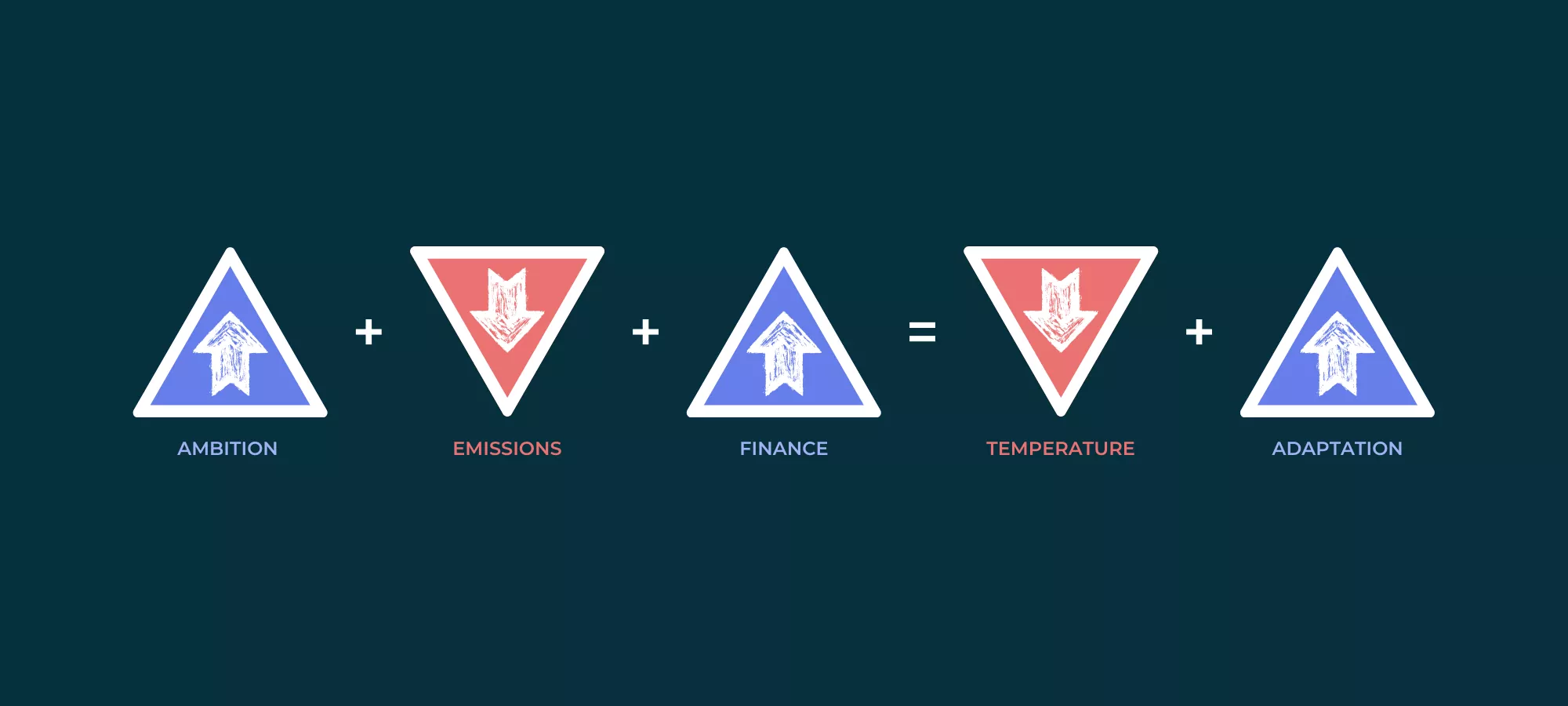
History
At the Rio de Janeiro Earth Summit held in June 1992, three international conventions were discussed and signed by 197 countries. The United Nations Framework Convention on Climate Change (UNFCCC) is the agreement addressing climate change, whose purposes are to prevent human activities that are dangerous for the environment and stabilise greenhouse gas emissions in the atmosphere.
197 Parties ratified the UNFCCC to the Convention. Once a year, they attend the “Conference of the Parties” (COP). The COP is the UNFCCC’s decision-making body that negotiates and discusses how to best tackle climate change.
Highlights
→ COP3 – Kyoto Protocol (1997). First legally binding agreement treaty aiming to reduce greenhouse gas emissions by at least 5% from 1990 levels between 2008 and 2012. Agreed in 1997 but ran from 2005 to 2020 after endless negotiations. The US, Canada and China pulled out.
→ COP15 – Copenhagen accord (2009). Second attempt at a legally binding global regime. Despite great expectations, talks break down. However, nations agree on trying to limit average temperature increase below 2°C. Besides, rich countries pledge to provide $100bn per year to the poorest by 2020.
→ COP21 – Paris agreement (2015). Historic deal to replace the extension of the Kyoto Protocol from 2020. Stating that the international community will do its utmost to keep global warming well below +2°C, or even limit it to +1.5°C. All states have committed to publishing their greenhouse gas (GHG) emission reduction targets depending on their circumstances and capabilities.
Since then, COPs’ purposes have been to seek an agreement on the details of implementations and finance to reach these targets and ramp up nations’ ambition on climate action. Besides, the parties also agreed in meeting every five years to review progress.COP26 will be the first summit where the Parties will review the progress they’ve made – or not – since 2015 when they signed the Paris Agreement in COP21—allowing COP negotiators to know which nations are holding back and which are making progress.
1. Raising ambition
Until recently, reduction targets still reflected three °C of warming by 2100. Paris Agreements signatories are required to submit enhanced targets aligned with reaching net zeroby the middle of the century, before COP26. Net-zero means cutting all possible greenhouse gas emissions and then removing the remaining emissions by natural systems (e.g. trees, or peat) or technologies (e.g. direct air carbon capture and storage) that absorb carbon.
2. Mobilise finance
At COP26, an enhancement in financial contributions by rich countries is expected to meet the original pledge of COP15 (a threshold of $100bn per year in financial support to impoverished countries) that otherwise has not yet been achieved. This achievement is critical if nations want to stand a chance in reaching their targets and especially to enable poorer countries to cut emissions and adapt to climate impacts.
3. Detailed rules to make the Paris Agreement operational
The Paris rulebook is the process whereby nations agree on the rules to achieve Paris agreements goals and on the requirements over how delivery against it will be measured and judged. Targets and rulebooks will not be enough to reach Net-Zero. Collaboration between governments, businesses, and civil society is needed to change how our consumption and living standards affect the planet. → The actual attempt is clear: TURN AMBITION INTO ACTION.
« The most needed outcomes of COP26 are to radically raise ambition,
mobilise finance and find an agreement on the ‘Paris rulebook’. »
Tapio is supporting companies in their climate transition by providing the tools they need to measure, understand and reduce their environmental impact related to their overall CO2 emissions. Do you know a company that might benefit from our all-in-one Carbon Strategy Platform? Reach us out.